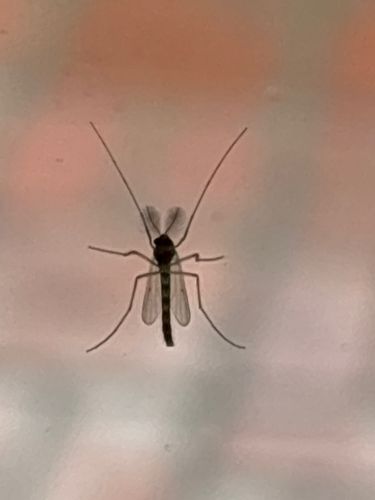Mosquito
Scientific Name: Culicidae (Family)
Order & Family: Diptera (Order), Culicidae (Family)
Size: 3 mm to 6 mm (0.12 to 0.24 inches) in length

Natural Habitat
Mosquitoes are found in virtually all terrestrial habitats worldwide, especially near standing water where their larvae develop. This includes marshes, swamps, ponds, puddles, ditches, and artificial containers that hold water.
Diet & Feeding
Adult female mosquitoes feed on blood (hematophagy) to obtain proteins for egg development, typically from mammals, birds, reptiles, and amphibians. Both male and female mosquitoes also feed on nectar and plant juices for sugar as an energy source. Larvae feed on organic matter and microorganisms in water.
Behavior Patterns
Mosquitoes are most active during dawn and dusk (crepuscular), though some species are diurnal or nocturnal. Females locate hosts using a combination of carbon dioxide, body heat, and chemical cues. They lay their eggs in or near water. Their life cycle consists of four stages: egg, larva, pupa (all aquatic), and adult (flying).
Risks & Benefits
Risks: Mosquitoes are significant vectors for numerous diseases worldwide, including malaria, dengue fever, Zika virus, West Nile virus, chikungunya, and yellow fever, causing millions of deaths and debilitating illnesses annually. Their bites can also cause itchy welts. Benefits: Mosquitoes play a role in the ecosystem as a food source for various animals (birds, bats, fish, spiders, dragonflies) and as pollinators for some plants, although their ecological impact is often outweighed by their public health threat.
Identified on: 11/21/2025